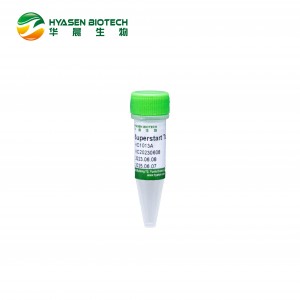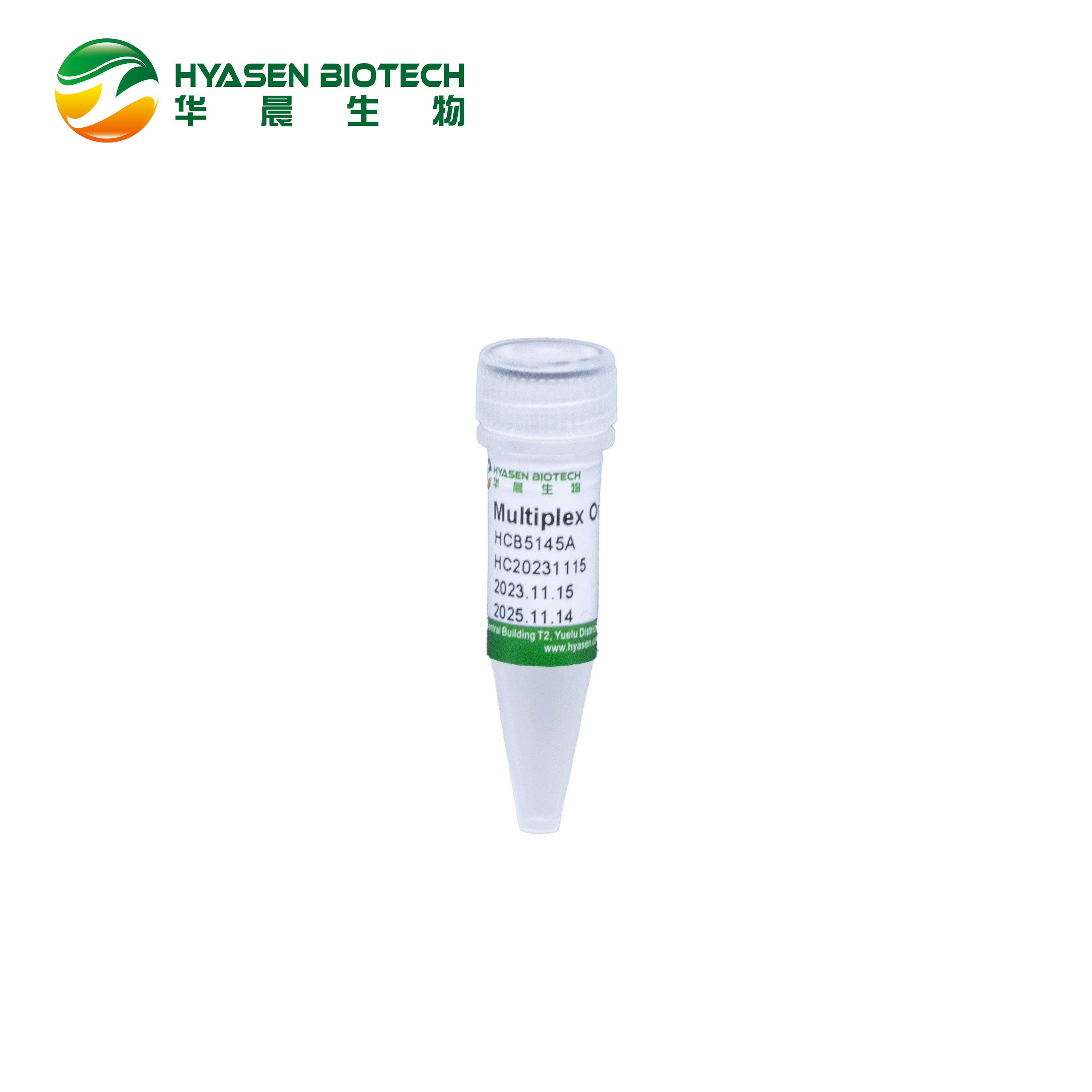
Multiplex One Step RT-qPCR Premix-UNG (one-tube)
Multiplex One Step RT-qPCR Premix-UNG (one-tube) is a highly stable one-tube probe-based mix suitable for one-step reverse transcription and quantitative PCR (qRT-PCR). It supports pre-mixing of primers and probes and stay stable after long time storage at low temperature. The sample to be tested can be added directly when using, without additional tube opening/pipetting operation. This product provides components, e.g. hot-start DNA polymerase, M-MLV, heat-labile uracil DNA glycosylase (TS-UNG), RNase Inhibitor, MgCl2, dNTPs (with dUTP instead of dTTP), and stabilizers. With the genetically modified rapid amplification reverse transcriptase and DNA polymerase, it is possible to complete the PCR amplification within 20~40 minutes. This reagent uses special buffer for qPCR with mixed enzymes of anti-inhibitory amplification enzyme and UNG enzyme. Therefore, it can obtain good amplification of target genes and prevent false amplification caused by PCR residual and aerosol contamination. This reagent is compatible with most fluorescence quantitative PCR instruments from manufacturers such as Applied Biosystems, Eppendorf, Bio-Rad and Roche.
Components
1. 25×Neoscript Fast RTase/UNG Mix
2. 5×Neoscript Fast RT Premix Buffer (dUTP)
Storage conditions
All components should be kept at -20℃ for long-term storage and 4℃ for up to 3 months. Please mix thoroughly after thawing and centrifuge before using. Avoid frequent freeze-thaw.
Cycling Protocol
|
Composition |
Volume per Reaction |
Volume per Reaction |
Final Concentration |
|
5 × Neoscript Fast RT Premix Buffer (dUTP) |
5 µL |
10 µL |
1 × |
|
25×NeoscriptFast RTase/UNG Mix |
1 µL |
2 µL |
1 × |
|
25 × Primer-Probe Mix 1,2 |
1 µL |
2 µL |
1 × |
|
Template RNA 3 |
—— |
—— |
—— |
|
ddH2O |
To 25 µL |
To 50 µL |
—— |
1. The final concentration of primer is usually 0.2 μM. For better results, the primer concentration can be optimized within the range of 0.2~1 μM. Generally, the probe concentration can be optimized within the range of 0.1~0.3 μM.
2. When using a fast PCR Procedure, increasing the concentration of primers and probes may result in better amplification results, and their ratio should be optimized accordingly.
3. Different types of templates contain different copy numbers of target genes, and gradient dilution can be performed if necessary to determine the optimal template addition.
Reaction Conditions
|
Typical PCR |
Fast PCR |
|||||
|
Procedure |
Temp. |
Time |
Cycle |
Temp. |
Time |
Cycle |
|
Reverse Transcription |
50℃ |
10~20 min |
1 |
50℃ |
5 min |
1 |
|
Polymerase activation |
95℃ |
1~5 min |
1 |
95℃ |
30 s |
1 |
|
Denaturation |
95℃ |
10~20 s |
40~50 |
95℃ |
1~3 s |
40~45 |
|
Annealing and Elongation |
56~64℃ |
20~60 s |
56~64℃ |
3~20 s |
||
Quality Control
1. Function detection: sensitivity, specificity and repeatability of qRT-PCR.
2. No exogenous nuclease activity: no exogenous endonuclease and exonuclease contamination.
Technical Information
1. Amplification rate of rapid DNA polymerase is no less than 1kb/10s. Different PCR instruments have different heating and cooling speeds, temperature control modes and thermal conductivity, and thus optimization of your primer/probe concentration and running method in combination with your specific fast PCR instrument is essential.
2. The reverse transcription time is optimized according to the length of the fragment to be amplified, and the longer fragment could extend the reverse transcription time appropriately.
3. This product performs wide applicability, and it is suitable for high-sensitivity molecular diagnosis.
4. Three-step PCR method is recommended for primers with low annealing temperature or for amplification of long fragments over 200 bp.
5. Since different amplicons have different utilization efficiency of dUTP and different sensitivity to UNG, the reagents should be optimized if the detection sensitivity decreases when using UNG system. Please contact us for technical support if needed.
6. To avoid amplification of carryover PCR products, dedicated experimental area and pipette are required for amplification. Operate with gloves and change frequently and do not open the PCR tube after amplification.






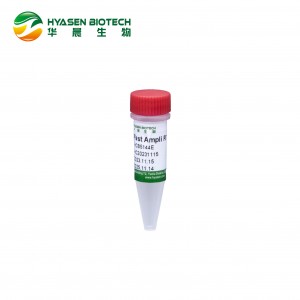

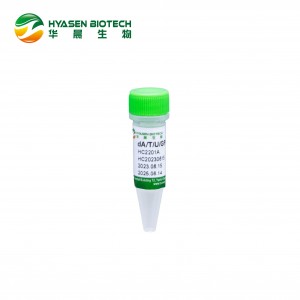
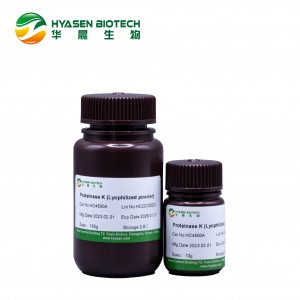
-300x300.jpg)
